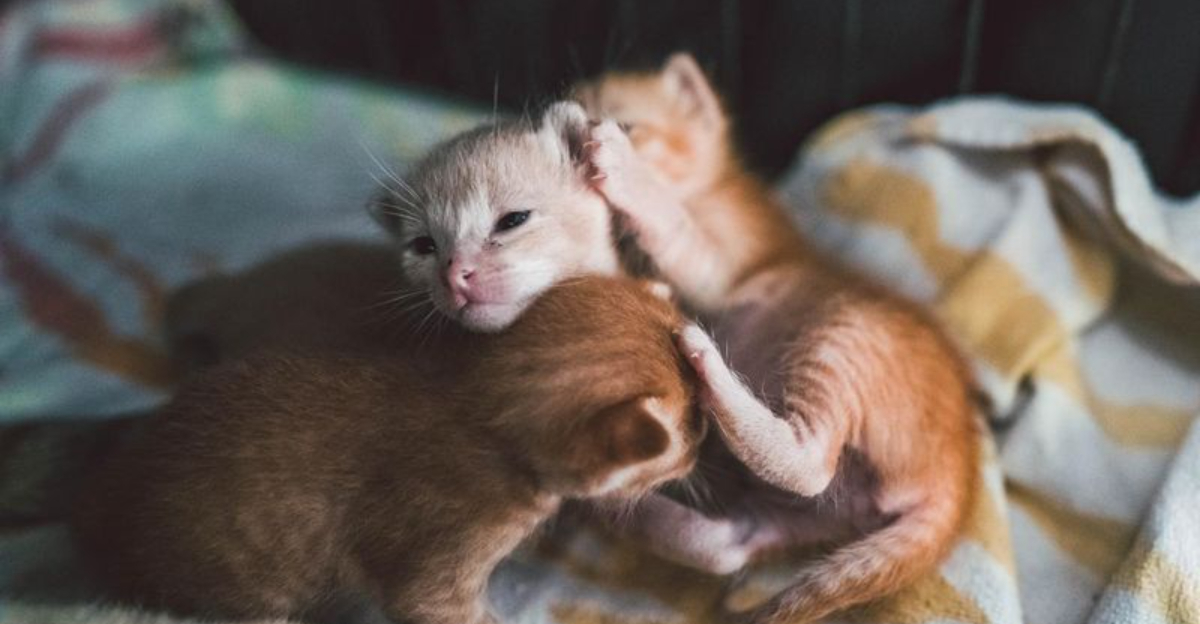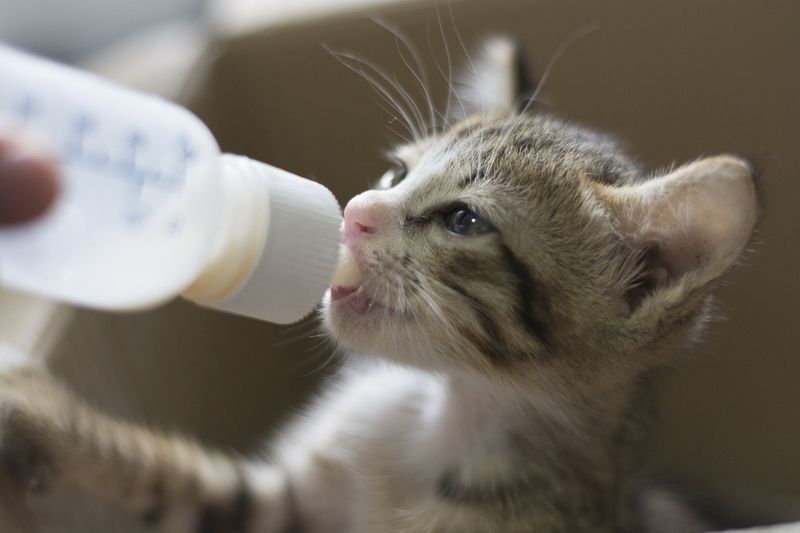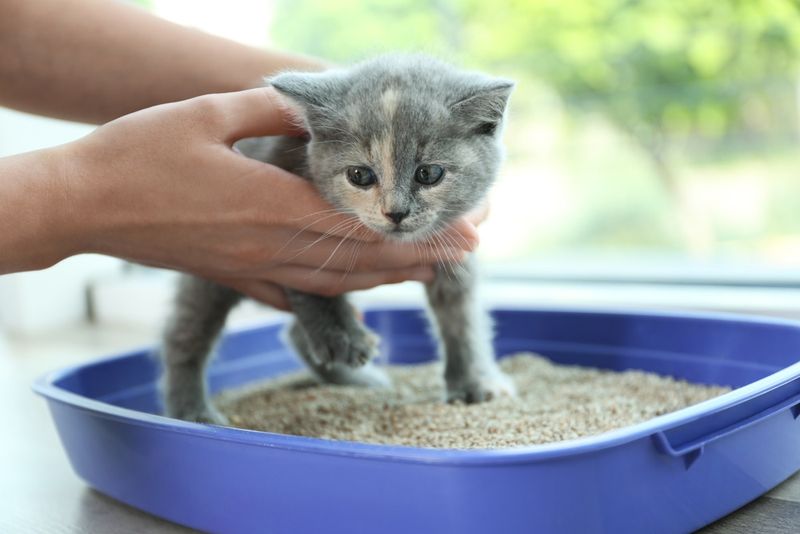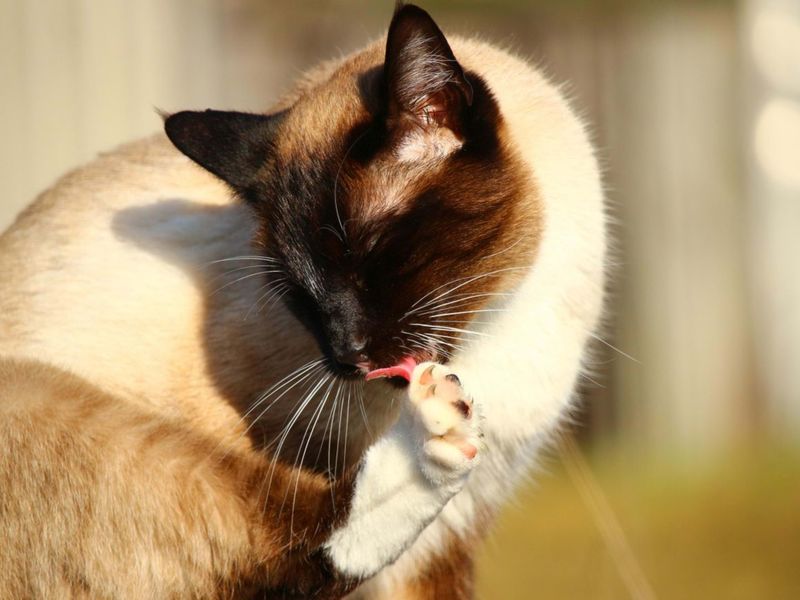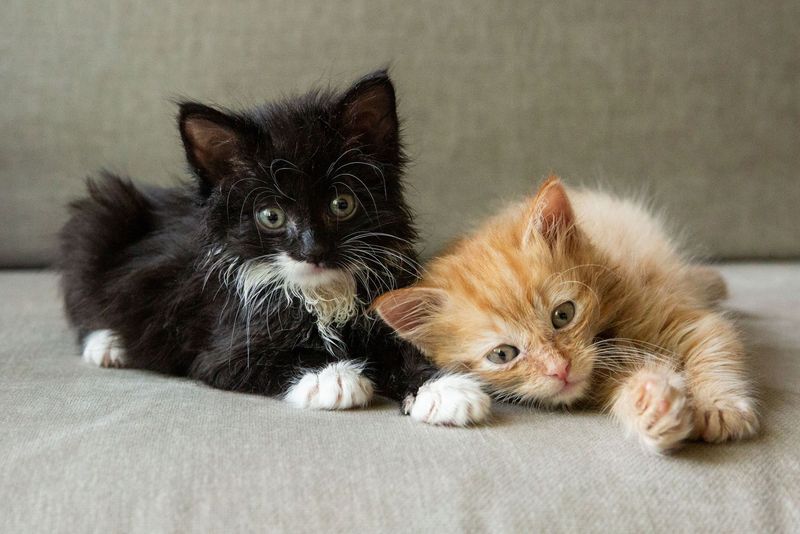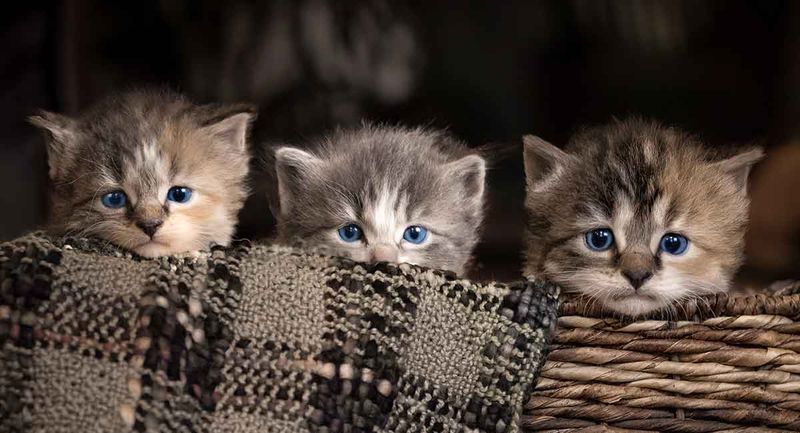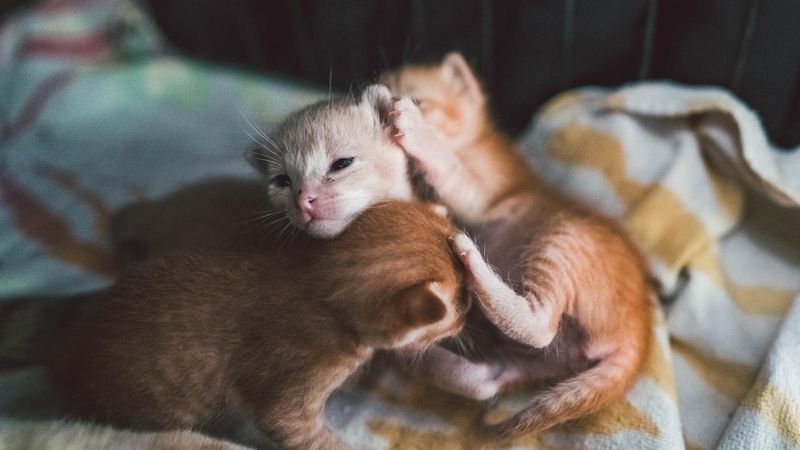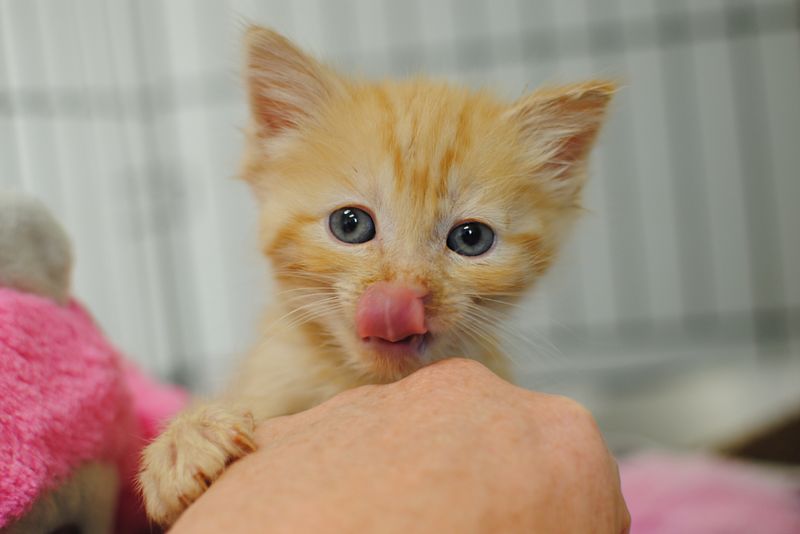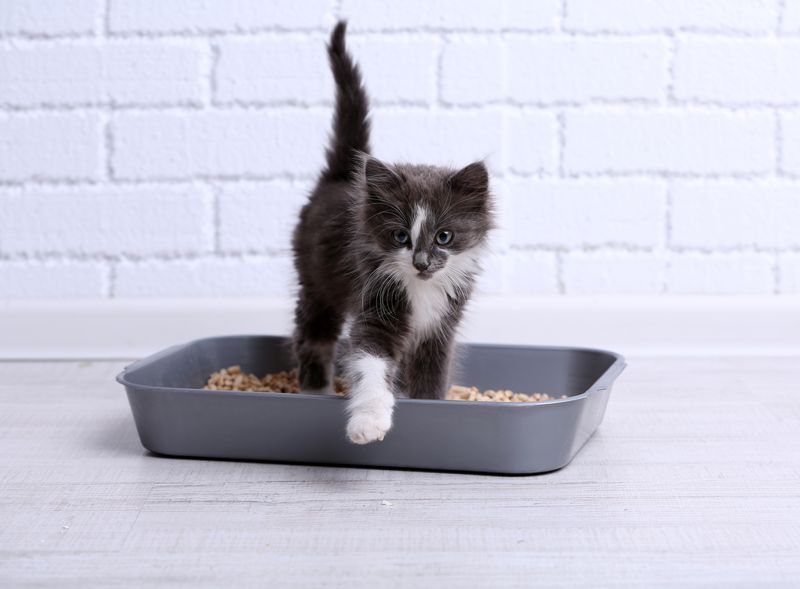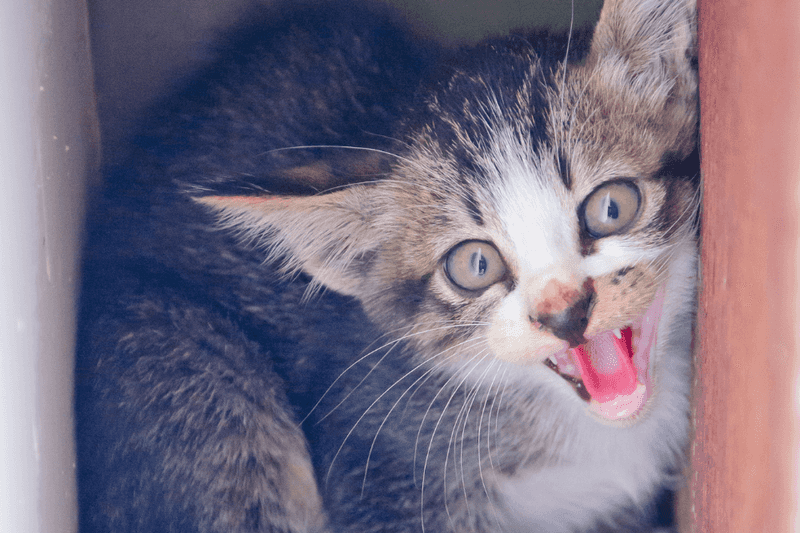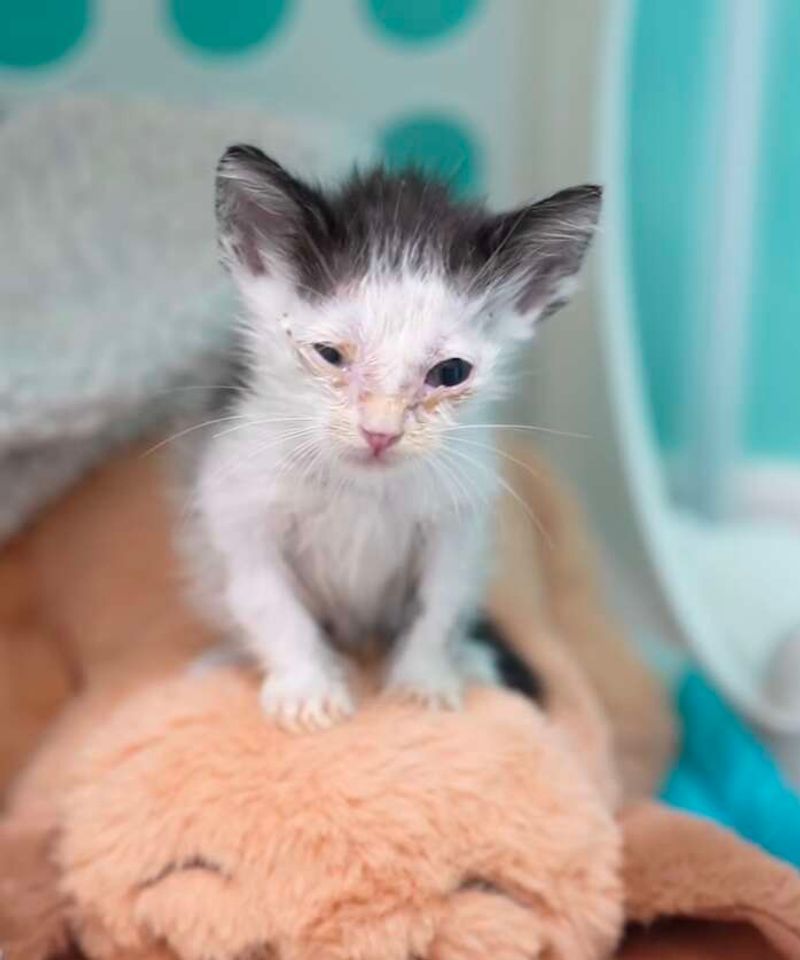📖 Table of Content:
Welcoming a kitten into a new home is one of the most exciting moments for any pet lover. However, knowing the right time for a kitten to leave its mother is not just a matter of age—it’s about readiness in terms of health, development, and social behavior. Removing a kitten too early can lead to emotional and physical issues that may affect it for life, so it’s vital to recognize the signs of independence before making the transition.
Many people assume that a certain number of weeks is all it takes, but kittens develop at slightly different paces. Some may be ready a little earlier or later than the average, depending on nutrition, environment, and interaction. That’s why understanding clear behavioral and physical indicators is a more reliable method than relying on a calendar alone. Observing their habits closely can reveal whether they are prepared to thrive without their mother’s support or if they still need that critical nurturing period.
This article outlines five clear signs that a kitten is ready to separate from its mother, as well as five key warning signals that it still needs more time. Each sign has been expanded upon to provide context, examples, and insight into what it really means for the kitten’s development. With this knowledge, you’ll be better equipped to make the right call for your furry friend’s well-being.
1. Weaned from Mother’s Milk
Transitioning to solid food is one of the strongest indicators of independence. When a kitten starts choosing kibble or wet food over its mother’s milk, it shows the digestive system is ready for the next stage of growth. Usually by 8 weeks of age, kittens have developed enough teeth and interest to fully consume non-milk meals. Observing them eat multiple meals per day without returning to nurse is a clear sign of weaning. At this point, their nutritional needs can be met through kitten-formulated food. That said, occasional comfort nursing might still happen, but it’s not essential. Consistent solid food consumption shows they’re no longer dependent on their mother for nourishment.
2. Litter Box Trained
Mastering the litter box is a practical milestone for independence. If a kitten seeks out and uses the box without prompting, it indicates self-sufficiency in basic hygiene. Cats instinctively bury their waste, and when kittens begin to mimic this behavior reliably, they’re demonstrating learned and reinforced habits. Accidents should be rare or non-existent at this stage. A clean environment is crucial, and a kitten who chooses the litter box over random corners is well on its way to adult behavior. They also tend to avoid soiling where they sleep or eat, a sign of maturity. Reliable litter habits remove one of the major barriers to rehoming.
3. Independent Grooming
Self-grooming is more than a vanity habit—it’s a sign of neurological and physical maturity. When a kitten starts licking its paws, cleaning its face, and tending to its coat, it’s taking over a role the mother usually plays. This routine keeps them clean, reduces odors, and prevents fur matting. Grooming also serves a soothing, self-regulatory function in feline behavior. A kitten that grooms thoroughly shows increased awareness of its body and surroundings. It also reflects a developing immune system that can handle minor environmental exposure. Regular grooming is a sign your kitten is both mentally and physically developing properly.
4. Socialization Skills
Well-socialized kittens interact confidently with humans and animals alike. Rather than hiding or hissing, they display curiosity and playfulness in new situations. This behavior results from being exposed to gentle handling, play sessions, and positive stimuli from a young age. A kitten that purrs, explores, and seeks attention is likely comfortable enough to adjust to a new home. Early social experiences influence long-term temperament, so their current reactions are meaningful indicators. Fearful or aggressive behavior may suggest more time with the mother is needed. Confident socialization shows readiness to engage with new people and environments.
5. Healthy Weight and Physical Development
A well-developed body suggests the kitten is getting proper nutrition and exercise. At around 8–12 weeks, a healthy kitten typically weighs at least two pounds and shows good muscle tone. Its coat should be glossy, the eyes bright, and the ears clean and alert. Physical play like running, pouncing, and jumping reflects coordination and strength. This kind of vitality indicates robust development and readiness for independence. If a kitten feels solid, warm, and responsive in your hands, those are good signs. Energetic behavior paired with physical health means the kitten is ready for a new environment.
1. Still Nursing Frequently
Nursing is more than just feeding—it provides emotional comfort and immunity support. If a kitten is constantly seeking its mother’s nipple and shows little interest in solid food, it’s a red flag. This behavior suggests that their digestive system is not yet accustomed to handling non-milk diets. In such cases, even offering highly palatable kitten food doesn’t entice them much. They may suckle on blankets or fingers as a substitute, which further indicates emotional dependency. Continuing to nurse regularly shows a reliance that isn’t just physical but psychological. These kittens need more time under maternal care to avoid future stress.
2. Poor Motor Skills
Unsteady movement, clumsy falls, and difficulty with balance can all suggest neurological immaturity. While some wobbliness is normal early on, it should largely resolve by 6–8 weeks. If a kitten struggles to jump onto low surfaces, has trouble landing, or constantly trips, it may not yet be fully coordinated. This could lead to accidents or injuries in a new, less protected environment. Coordination is crucial for exploration and interaction, both of which are needed for adaptation. Until a kitten moves with confidence, it shouldn’t be separated from its secure, familiar surroundings. Waiting ensures a safer and more seamless adjustment later.
3. Not Using the Litter Box
Frequent accidents outside the litter box are a warning sign of immaturity. While it’s true that training takes time, by 7–8 weeks most kittens should be showing consistent habits. Kittens that don’t cover their waste or avoid the box entirely may not be fully ready for independence. Some might still rely on the mother to stimulate elimination through licking, especially under 4 weeks of age. Inconsistent use also puts them at risk of developing poor hygiene habits long-term. Rehoming at this stage would create frustration for both the kitten and the owner. It’s best to wait until bathroom behavior is reliably managed.
4. Fearful or Unsocialized Behavior
Shyness, hiding, and aggressive reactions to touch suggest a kitten needs more time with its mother and littermates. These social units teach boundaries, communication, and trust. Kittens raised with minimal interaction or early separation may lack these skills entirely. Even if physically healthy, emotional development is just as important. If a kitten avoids being held, flattens its ears, or responds with growls or hisses, it is not emotionally secure yet. Early fearfulness can lead to long-term anxiety or aggression. Giving it extra time in a familiar, nurturing setting can dramatically improve future behavior.
5. Underweight or Health Issues
Kittens who lag behind in weight or show signs of illness are not suitable for separation. Symptoms like watery eyes, sneezing, poor appetite, or a potbelly can signal parasites, infections, or other developmental problems. Until these issues are treated and the kitten rebounds with strength and energy, it should remain with its mother. The maternal environment offers warmth, nourishment, and immune support vital for recovery. Additionally, rehoming a sick kitten introduces stress that can make the condition worse. Ensuring good health before adoption isn’t just ethical—it’s necessary for survival. A vet checkup is a smart step before considering rehoming.
